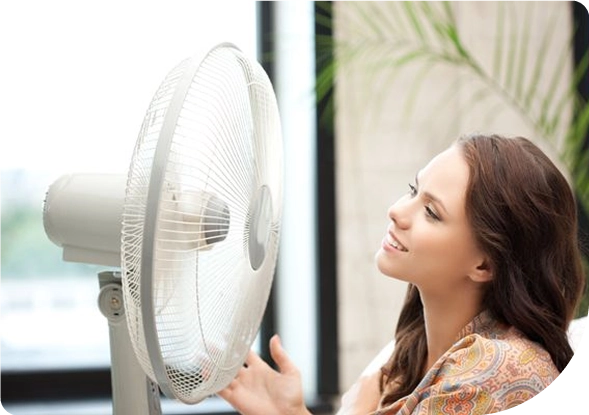At Central Heating and Air Conditioning, we put customers first—educating you on how to care for your system and make informed decisions. With 78+ years of experience and NATE-certified technicians, we deliver reliable, energy-efficient comfort and long-term value. If something isn’t right, we’ll make it right. That’s our promise to families across Atlanta.
Our NATE-certified technicians bring decades of experience and a commitment to getting the job done right the first time.

We explain how to maintain your HVAC system, helping you make informed decisions that extend its life and performance.

If you’re not completely satisfied within the first year, we’ll remove the system & refund your full payment no questions asked.

Hear from real customers who trust Central Heating & Air. Their stories reflect our commitment to dependable service, expert care, and comfort-first solutions across Atlanta and surrounding communities.



